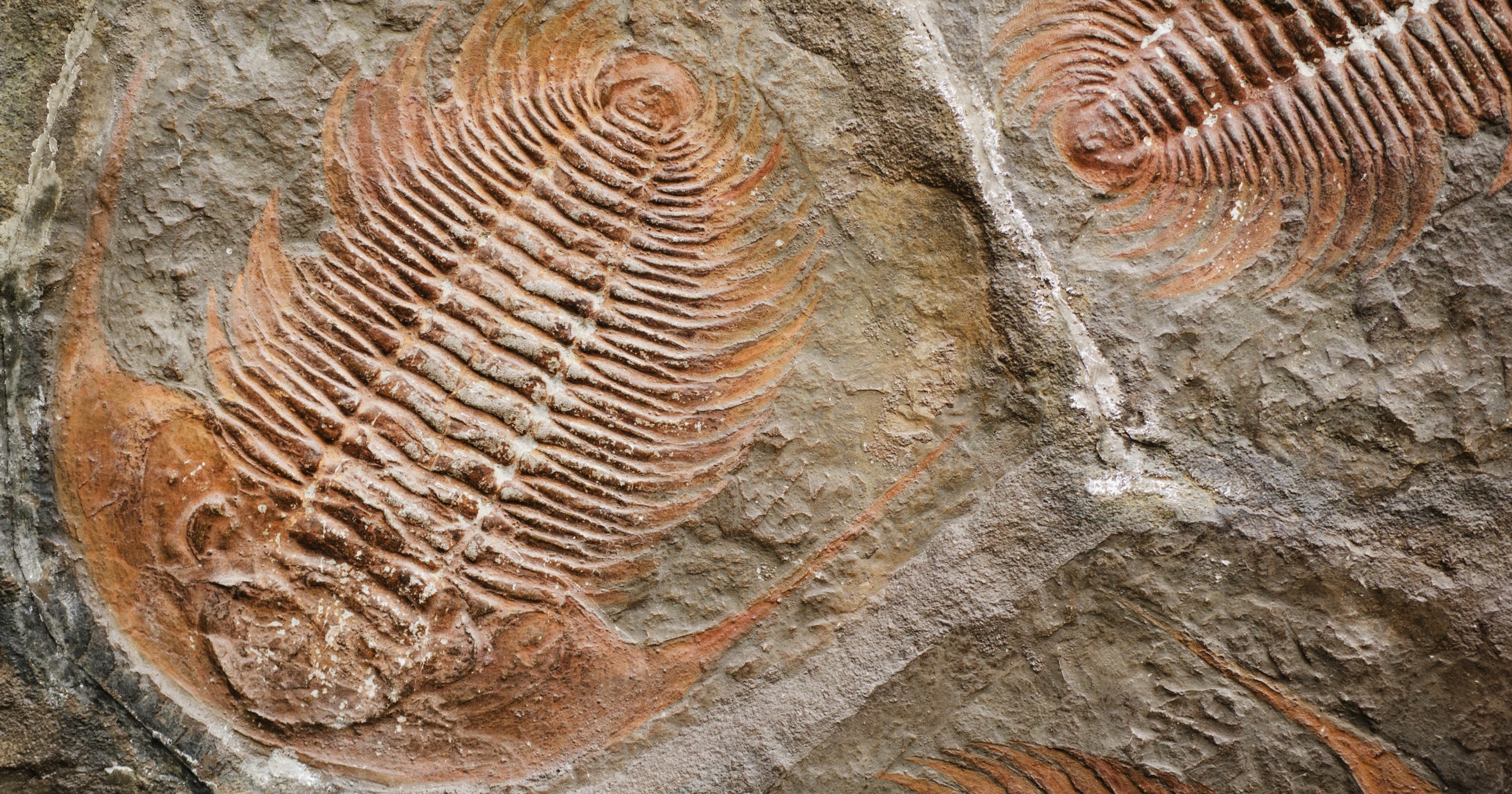 Evolution
Evolution
 Life Sciences
Life Sciences
Top Scientific Problems with Evolution: Fossils

Editor’s note: We are delighted to present a series by biologist Jonathan Wells on the top scientific problems with evolution. This is the third entry in the series, excerpted from the new book The Comprehensive Guide to Science and Faith: Exploring the Ultimate Questions About Life and the Cosmos. Find the full series so far here.
A fossil is “a remnant, impression, or trace of an organism of past geologic ages.”1 The study of fossils (called paleontology) started long before Darwin. They provide our best glimpse of the history of life before the present. Assuming that fossils in one layer of rock are younger than fossils in layers below them, pre-Darwinian paleontologists had already grouped them according to their relative ages. The result is known as the fossil record.
Darwin wrote this about the fossil record in On the Origin of Species:
By the theory of natural selection all living species have been connected with the parent-species of each genus, by differences not greater than we see between the varieties of the same species at the present day; and these parent-species, now generally extinct, have in their turn been similarly connected with more ancient species; and so on backwards, always converging to the common ancestor of each great class. So that the number of intermediate and transitional links, between all living and extinct species, must have been inconceivably great.2
But the “inconceivably great” numbers of transitional links postulated by Darwin have never been found. Indeed, one of the most prominent features of the fossil record is the Cambrian explosion, in which the major groups of animals (called phyla) appeared around the same geological time in a period called the Cambrian, fully formed and without fossil evidence that they diverged from a common ancestor.
A Serious Problem for the Theory
Darwin knew about this evidence in 1859, and he acknowledged it to be a serious problem that “may be truly urged as a valid argument” against his theory.3 He hoped that future fossil discoveries would help to fill in many of the blanks, but more than 150 years of additional fossil collecting has only made the problem worse. In 1991, a team of paleontologists concluded that the Cambrian explosion “was even more abrupt and extensive than previously envisioned.”4
The abruptness seen in the Cambrian explosion can also be seen on smaller scales throughout the fossil record. Species tend to appear abruptly in the fossil record and then persist unchanged for some period of time (a phenomenon called stasis) before they disappear. In 1972, paleontologists Niles Eldredge and Stephen Jay Gould called this pattern punctuated equilibria.5 According to Gould, “every paleontologist always knew” that it is the dominant pattern in the fossil record.6 In other words, the “inconceivably great” numbers of transitional links postulated by Darwin are missing not just in the Cambrian explosion, but throughout the fossil record.
Two Human Skeletons
Even if we did have a good fossil record, we would still need our imagination to produce narratives about ancestor-descendant relationships. Here’s why: If you found two human skeletons buried in a field, how could you know whether one was descended from the other? Without identifying marks and written records, or perhaps in some cases DNA, it would be impossible to know. Yet you would be dealing with two skeletons from the same recent, living species. With two different, ancient, extinct species — often far removed from each other in time and space — there would be no way to demonstrate an ancestor-descendant relationship.
Decades ago, paleontologist Gareth Nelson wrote, “The idea that one can go to the fossil record and expect to empirically recover an ancestor-descendant sequence, be it of species, genera, families, or whatever, has been, and continues to be, a pernicious illusion.”7 In 1999, evolutionary biologist Henry Gee wrote that “it is effectively impossible to link fossils into chains of cause and effect in any valid way.” He concluded, “To take a line of fossils and claim that they represent a lineage is not a scientific hypothesis that can be tested, but an assertion that carries the same validity as a bedtime story — amusing, perhaps even instructive, but not scientific.”8
Next, molecular phylogeny.
Notes
- Merriam-Webster’s definition of “fossil,” https://www.merriam-webster.com/dictionary/fossil (accessed August 23, 2020).
- Charles Darwin, Origin of Species, 1st ed., 281-282, http://darwin-online.org.uk/content/frameset?pageseq=299&itemID=F373&viewtype=side (accessed August 23, 2020).
- Darwin, Origin of Species, 1st ed., 308, http://darwin-online.org.uk/content/frameset?pageseq=326&itemID=F373&viewtype=side (accessed August 23, 2020).
- James W. Valentine, Stanley M. Awramik, Philip W. Signor, and Peter M. Sadler, “The biological explosion at the Precambrian-Cambrian boundary,” Evolutionary Biology 25 (1991), 279-356.
- Niles Eldredge and Stephen Jay Gould, “Punctuated equilibria: An alternative to phyletic gradualism,” Models in Paleobiology, ed. Thomas J. M. Schopf (San Francisco, CA: Freeman Cooper, 1972), 82-115.
- Stephen Jay Gould, The Structure of Evolutionary Theory (Cambridge, MA: Harvard University Press, 2002), 759.
- Gareth Nelson, “Presentation to the American Museum of Natural History” (1969), in David M. Williams and Malte C. Ebach, “The reform of palaeontology and the rise of biogeography,” Journal of Biogeography 31 (2004), 685-712.
- Henry Gee, In Search of Deep Time: Beyond the Fossil Record to a New History of Life (New York: The Free Press, 1999), 113, 116-117.
